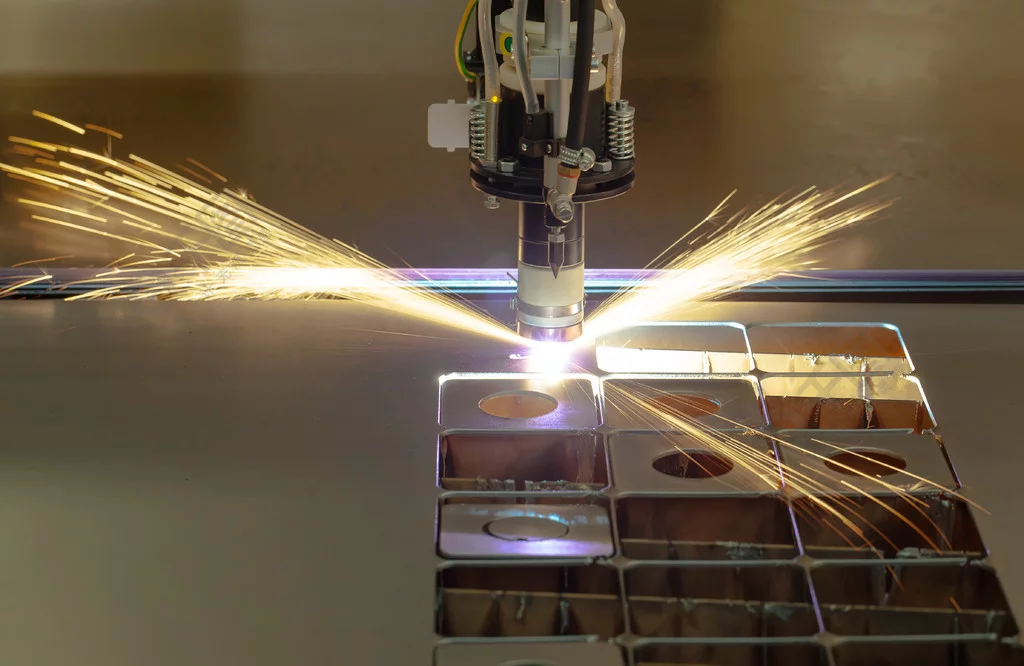Polyimide is a remarkable class of polymers known for their outstanding thermal stability and mechanical properties. These high-performance materials have gained significant attention in many industries due to their ability to tolerate extreme conditions while preserving their structural integrity. From aerospace applications to electronics, polyimide has positioned itself as a versatile solution for a broad range of engineering challenges.

The unique features of polyimide, including its excellent chemical resistance and electrical insulating properties, make it an excellent choice for components such as polyimide sheets and rods. These forms allow for various applications, whether in manufacturing flexible printed circuits or creating resilient components in high-temperature environments. As we delve deeper into the science behind polyimide, we will explore its properties and the novel ways it is being utilized across diverse sectors.
Introduction to Polyimides
Polyimide is a distinctive and versatile polymer known for its exceptional thermal stability and mechanical properties. It is a high-performance material that can endure high temperatures, making it perfect for applications in diverse industries, including space, electrical, and vehicle. The chemical structure of polyimide consists of imide groups, which dedicate to its strength and low weight, making it an indispensable material in high-tech engineering applications.
One of the key attributes of polyimide is its capability to maintain its properties over a broad range of temperatures. It can perform effectively in conditions ranging from cryogenic to thermal applications, up to 300°C or more. This thermal stability is enhanced by superb chemical resistance, electrical insulation, and dimensional stability, which allows manufacturers to utilize polyimide in strict conditions without compromising on performance.
Polyimide is provided in multiple forms, including polyimide sheets and rods. These products can be manufactured into complex shapes and sizes, offering adaptability for design and production processes. Due to its exceptional properties, polyimide is extensively used for thermal barriers, flexible printed circuits, and building components, further reinforcing its role as a crucial material in contemporary tech.
Properties of Polyimide Materials
Polyimide materials are known for their remarkable thermal stability. They can endure a wide range of temperatures, typically from minus 269 degrees Celsius to over three hundred degrees Celsius, without sacrificing their structural stability. This property makes them suitable for uses in rigorous environments, including aerospace and electronics, where materials are often exposed to high temperatures.
In addition to this to their thermal performance, these materials exhibit excellent chemical resistance. They can endure exposure to various liquids, acids, and bases, which is vital for applications that involve aggressive chemical conditions. This robustness ensures longevity, making these materials a dependable choice in fields such as automotive and chemical production.
One more significant attribute of polyimide substances is their outstanding mechanical strength and adaptability. They possess elevated tensile strength, making them resistant to wear and tear while maintaining malleability that allows them to be formed into different shapes such as sheets and bars. This flexibility enables their use in a broad range of applications, from insulating materials to structural parts in advanced machinery.
Applications of Polyimide Sheets Panels and Structures
Polyimide panels and rods are extensively used in industries that demand materials with extraordinary thermal stability and chemical resistance. Their property to tolerate extreme temperatures makes them ideal for applications in electronics, the aerospace sector, and vehicle sectors. In the electronics industry, polyimide sheets serve as flexible circuits, insulating layers in printed circuit boards, and shielding covers, ensuring dependable performance even under adverse conditions.
In the aerospace industry, polyimide rods are employed for structural components and insulating supports. Their elevated strength-to-weight ratio is crucial in aircraft manufacturing, where reducing weight while maintaining structural integrity is vital for enhancing fuel efficiency. Additionally, these materials are used in high-temperature applications such as insulation for aircraft engines and components exposed to intense conditions.
The flexible nature of polyimide materials also permits for their utilization in the medical field, where polyimide sheets and rods have a role in manufacturing medical devices and implants. Their biocompatibility and mechanical properties make them suitable for multiple applications, from surgical instruments to components in diagnostic equipment. The combination of temperature stability and lightweight characteristics continues to enlarge the capability for polyimide sheets and rods across multiple industries.
Future Developments in Polyimide-based Technology
The future of polyimide technology is poised for major progress as need increases across multiple industries. With https://www.hsjuxin-pi.com/ of flexible electronics, polyimide films are becoming essential in the production of thin, durable, and heat-resistant parts. Innovations in manufacturing processes are expected to boost the qualities of polyimide substances, allowing for greater flexibility and better efficiency in uses like wearable technology and electronics.
Another encouraging direction is the development of eco-friendly polyimide substitutes. As sustainability becomes a concern in production, researchers are concentrating on biodegradable polyimides and recycling methods to minimize the negative effects of traditional polyimide production. This shift could lead to a fresh generation of substances that maintain the advantageous properties of traditional polyimides while aligning with eco-friendly production methods.
Furthermore, advanced composite incorporating polyimide are increasing popularity in the aerospace and vehicle sectors. These composites capitalize on polyimide’s elevated temperature resilience and durability, making them perfect for challenging uses. As advancements develops, we can expect to see these composites play a key role in creating more lightweight, higher efficiency parts that improve the efficacy and productivity of cars and aircraft.
